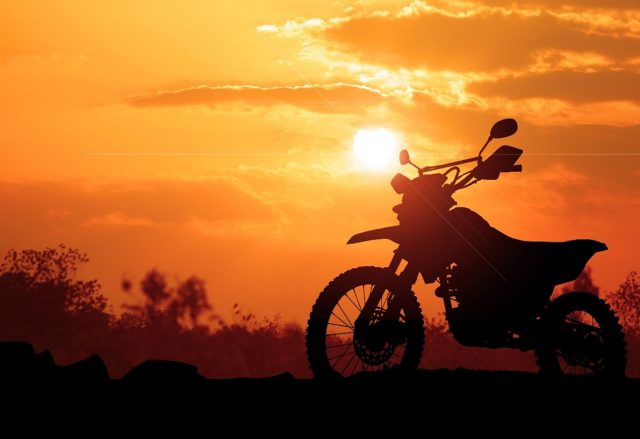Traveling with your motocross bike can be an exhilarating way to explore new terrains and participate in races or events outside your local area. However, it requires meticulous planning and preparation to ensure both your safety and the safety of your bike. Whether you’re a seasoned rider or new to the motocross world, these tips from Troy Thompson of Salem, New Hampshire, will help you travel smoothly with your bike.
- Choosing the Right Transport Method
When it comes to transporting bikes, Troy Thompson of Salem, New Hampshire, notes there are three options to consider: trailers, pickup trucks, and vans. Here are some things to keep in mind for each option:
- Trailers: These are great for transporting multiple bikes or for long-distance travel. Make sure to hitch the trailer securely and tie down the bikes firmly.
- Pickup Trucks: These are a popular choice for motocross riders. Use bed extenders for extra space and secure your bike with straps.
- Vans: Vans are ideal for single bikes and additional gear storage. You can even customize the fittings to secure the bike and provide sleeping space for overnight trips.
- Securing Your Motocross Bike
Here is how Troy Thompson of Salem, New Hampshire, suggests you secure your motocross bike:
- Invest in high-quality tie-down straps: High-quality tie-down straps are a must-have when it comes to transporting your bike. Make sure the straps have a locking mechanism to prevent any loosening during transit. It’s also important to choose straps that are strong and durable enough to handle the weight of your bike.
- Use a wheel chock: A wheel chock is a tool that helps keep your bike stable during transit. It stabilizes the front wheel and minimizes any movement while the bike is being transported. This added stability can help prevent any accidents or damage to your bike, according to Troy Thompson of Salem, New Hampshire.
- Use a proper loading ramp: Always use a proper loading ramp to avoid damaging your bike. Make sure the ramp is long and wide enough to support the bike’s weight. It’s also important to choose a ramp that has a non-slip surface to prevent any accidents during loading and unloading.
- Secure the bike in an upright position: When loading the bike, make sure to secure it in an upright position. This helps prevent any damage to the bike’s suspension and also ensures that the weight is distributed evenly. It’s also important to make sure the suspension isn’t overly compressed, as this can cause damage to the bike during transit.
- Protecting Your Bike
It is recommended to use a bike cover to protect against weather elements, particularly for open trailers. Additionally, any areas that may rub against the vehicle or other bikes should be padded to prevent scratches.
- Supplies
Tool Kit and Spare Parts
Make sure to bring along a basic tool kit that includes tools for on-the-go repairs. It’s also a good idea to pack some spare parts like levers, bolts, and tubes in case of emergency.
Fuel and Maintenance Supplies
Pack extra fuel in a certified container to avoid running out of gas on the road. Don’t forget to bring along chain lube, air filter oil, and other maintenance essentials to keep your vehicle running smoothly throughout your journey.
- Documentation and Security
Legal Requirements
- Ensure you have the necessary documentation for both the bike and the transport vehicle.
- Troy Thompson of Salem, New Hampshire, recommends you check any local laws for transporting fuel and other hazardous materials.
Security Measures
- Use locks for both the bike and the transport vehicle, especially for overnight stops.
- Consider GPS tracking for high-value bikes.
- Prepping Your Bike Pre-Travel
Maintenance Check
- Perform a thorough maintenance check before loading your bike.
- Ensure your bike is clean to avoid transferring dirt and debris.
- On the Road
Regular Checks
- Regularly check the bike and straps during stops to ensure everything is secure.
- Monitor weather conditions and adjust your bike’s protection as needed.
Fuel and Rest Stops
Plan your route with regular stops for refueling and rest, especially on longer journeys.
- Arriving at Your Destination
Unloading Safely
- Unload your bike carefully using a ramp.
- Do a quick maintenance check before riding.
- Post-Trip Care
Cleaning and Maintenance
- After your trip, Troy Thompson of Salem, New Hampshire, recommends you clean your bike thoroughly.
- Store it properly to prevent any damage or wear.
Traveling with your motocross bike opens up a world of opportunities to explore new tracks and terrains. With the right preparation and attention to detail, you can ensure that both you and your bike arrive safely, ready for the adventure ahead. Troy Thompson of Salem, New Hampshire, reminds people the journey is just as important as the destination, so enjoy every mile!









